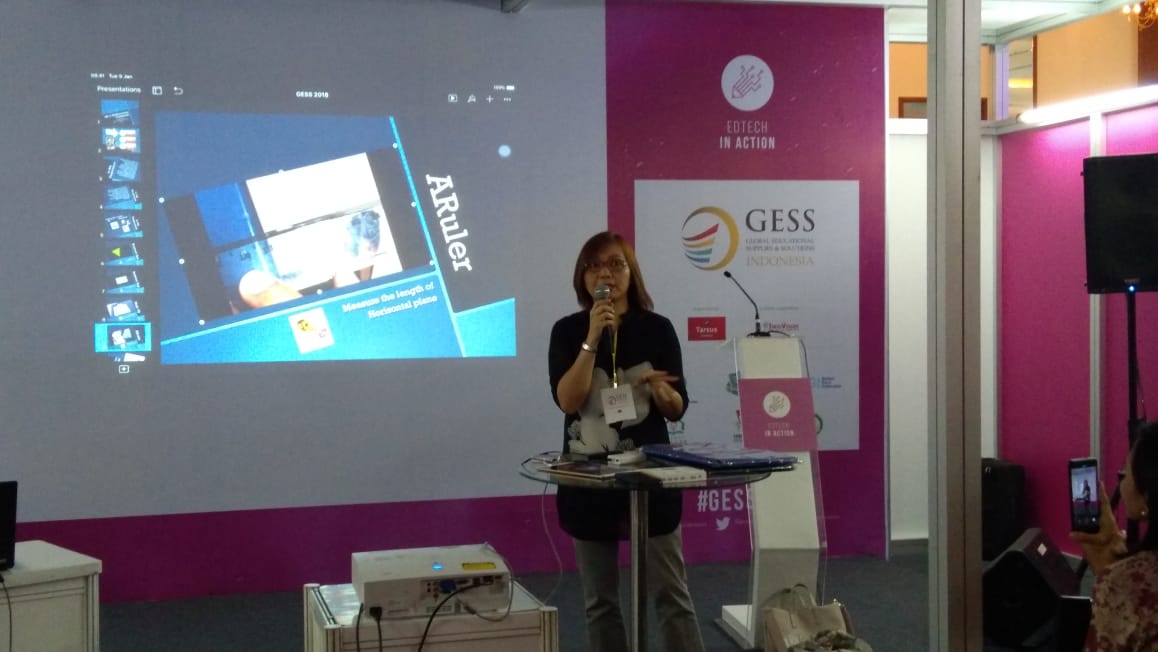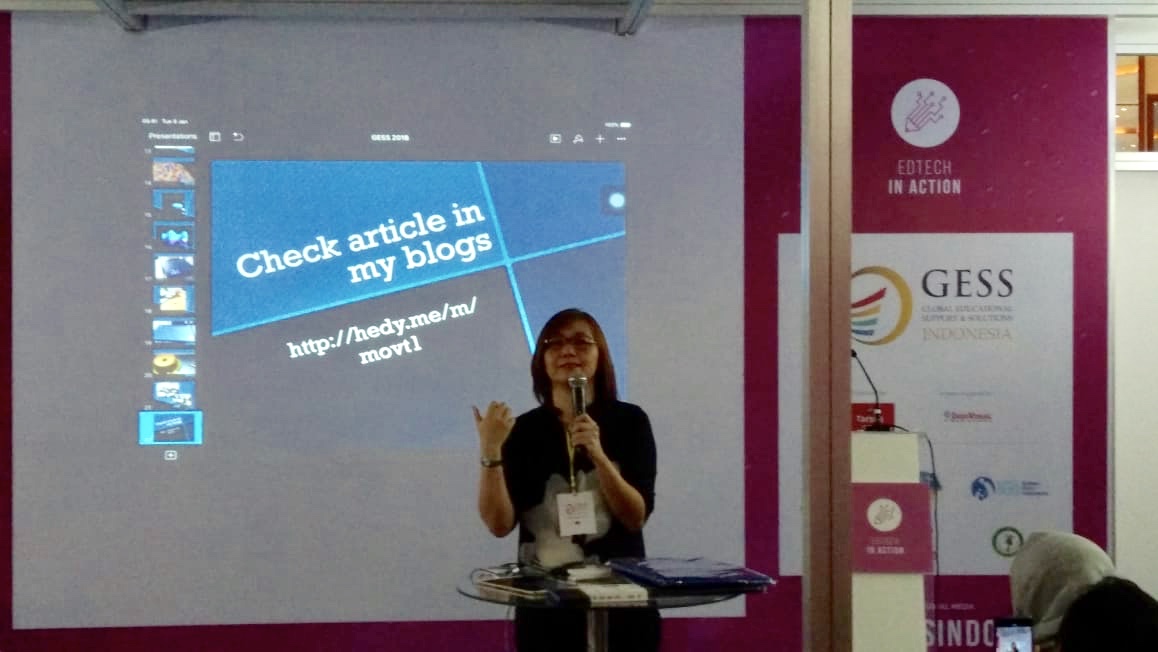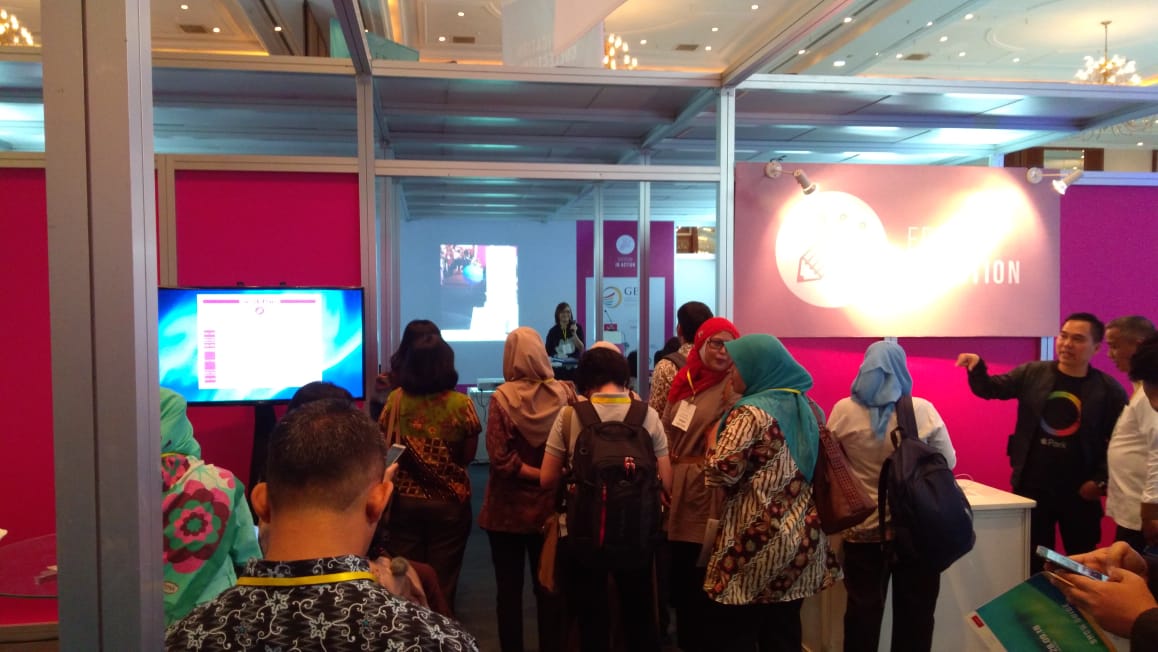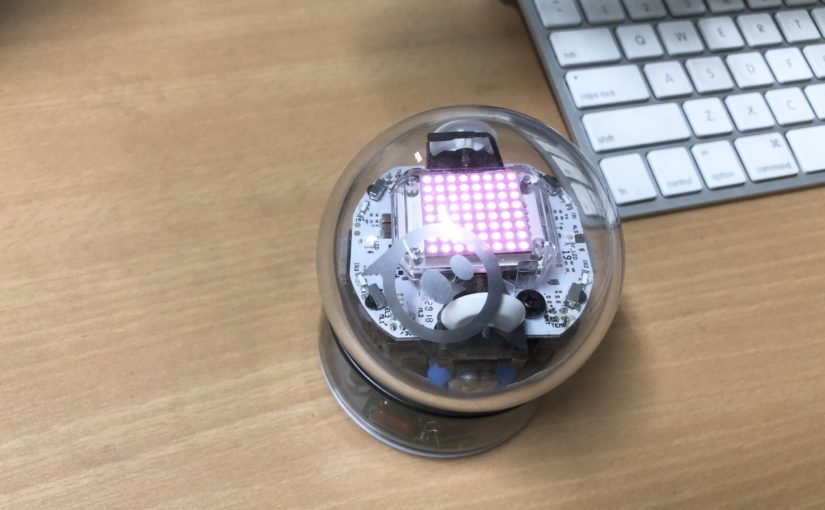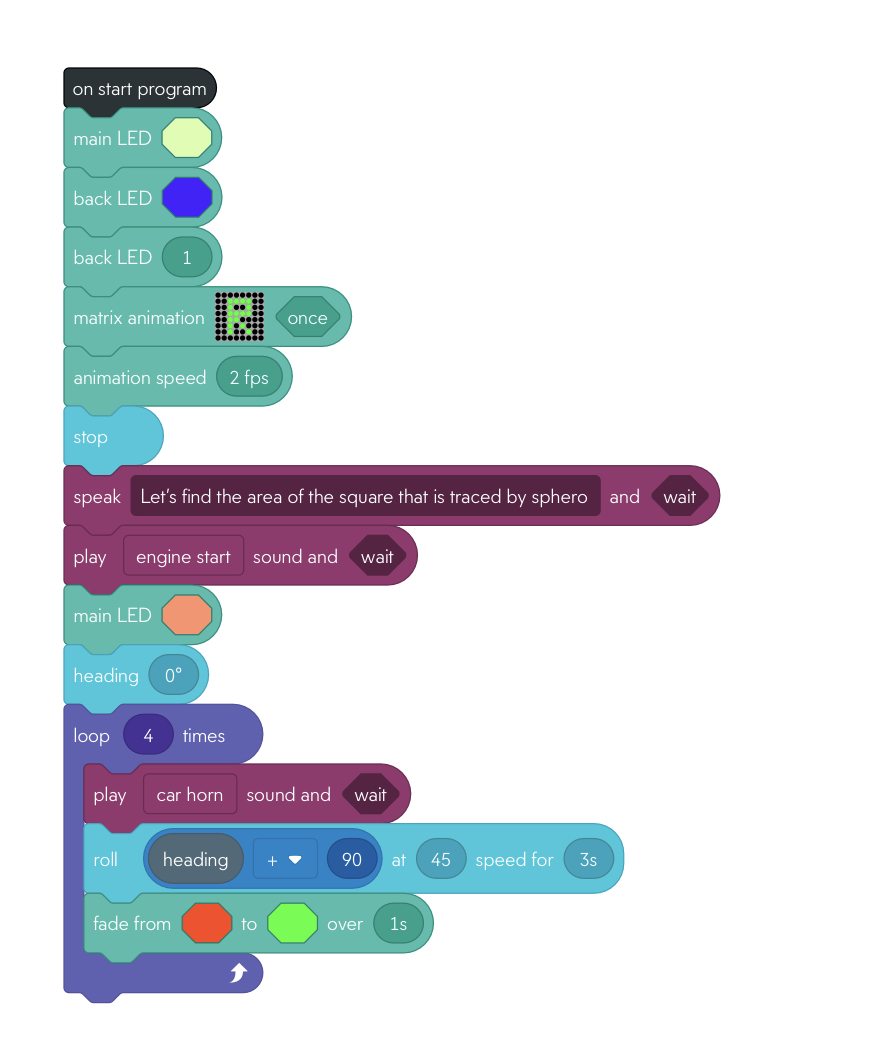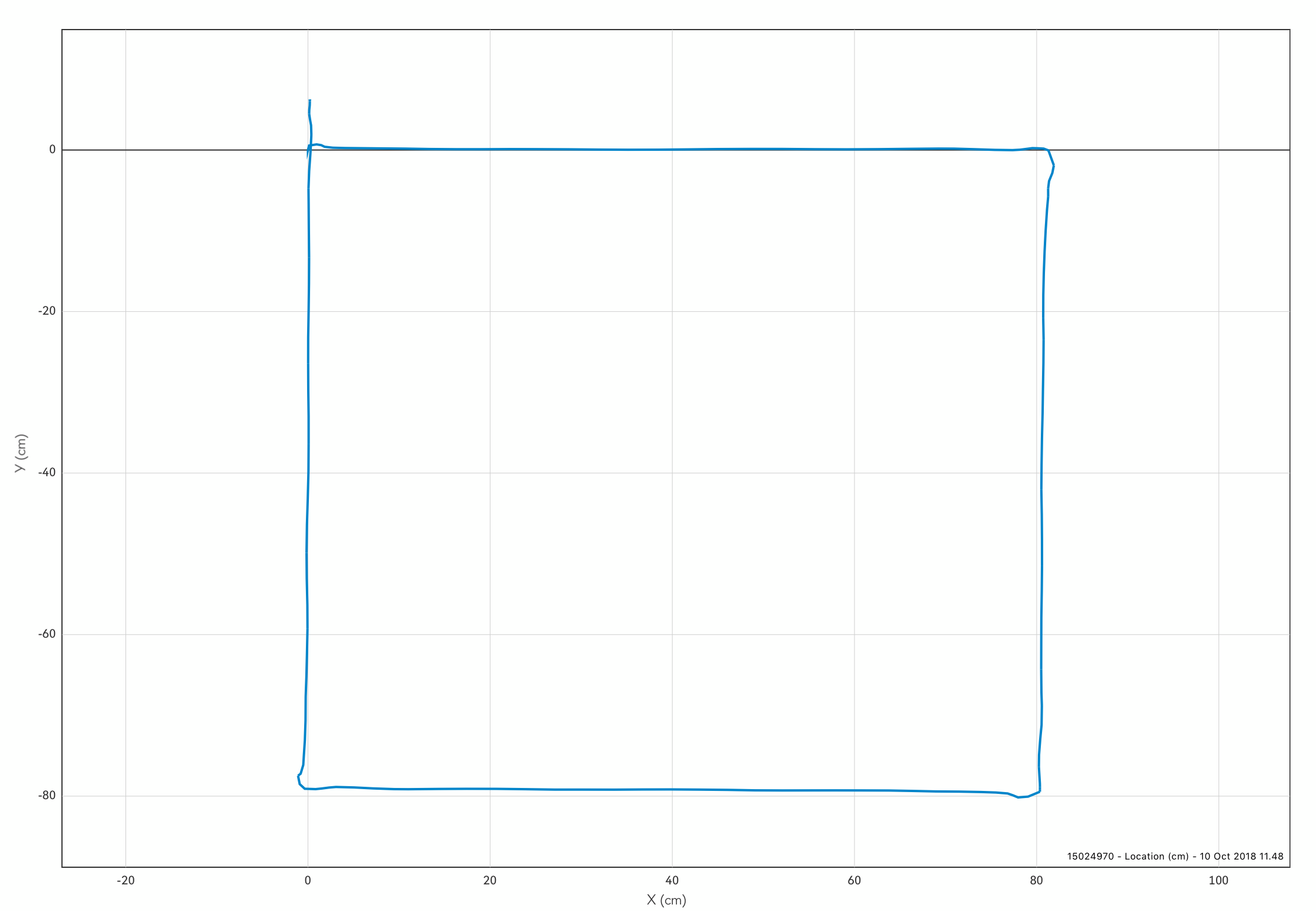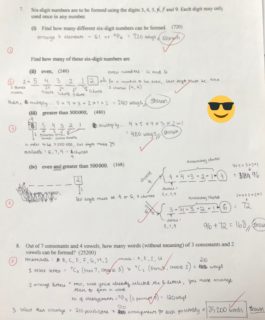This year, I had opportunity again to join in GESS Indonesia 2018 (26 – 28 September 2018) and become one of the speaker in EduTech Sessions.
My topic this year was Augmented Reality in Mathematics Classroom. And specifically mentioned about GeoGebra AR.
AR is the future of education as it is radically changing the landscape of teaching methods as one the most innovative approaches. AR also represents additional layer of information to our real life, making a connection between existing real objects and known information about them. It gives us a better knowledge about reality.
For students, AR helps with visual, auditive and kinaesthetic senses and it engages all of them and therefore, augment perception of reality. Teacher can create, visualise and manipulate objects with one device and an application right in the classroom.
Some AR softwares that I shared, MathVR, Augment, ARuler and GeoGebraAR. More detail about GeoGebraAR, as I have shared already through this article Playing with GeoGebra Augmented Reality .
I had quite a lot of number of audiences. It reflects that more educators or teachers try to have deeper mindset about 21st Century Learning and Technology of Education.
Example AR made by GeoGebra AR, a bowling ball 🙂
Some pictures from the event:


